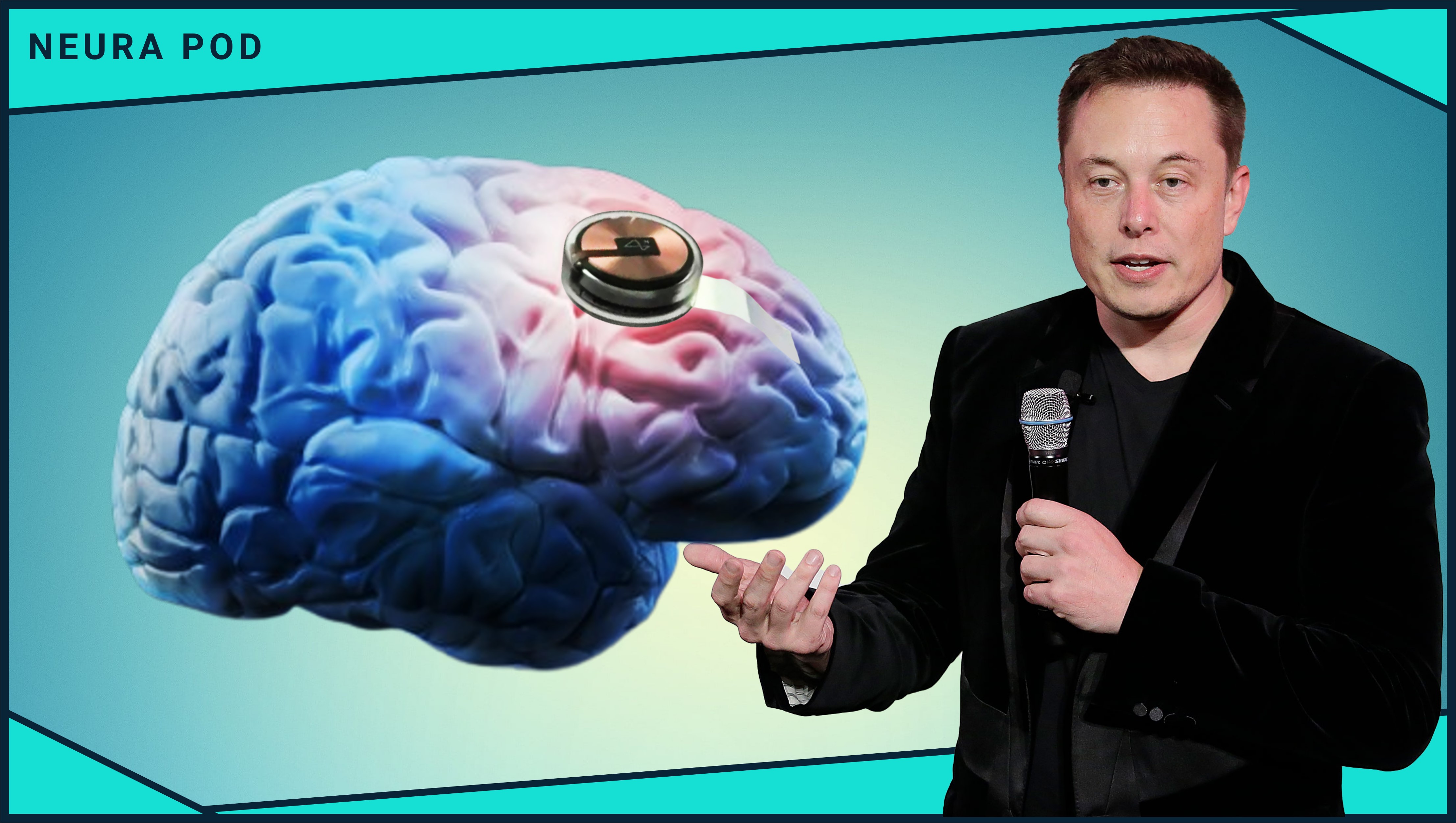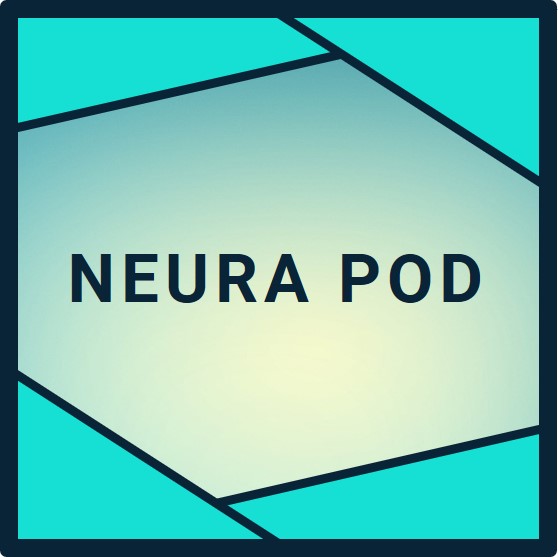
Elon Musk shared on Twitter that Neuralink will present a show & tell progress update on October 31st (Halloween). This young ~350 person startup has surgically implanted brain implants into monkeys. The monkeys could then play video games with just their minds, and no joystick controllers. Neuralink is working on building high-bandwidth brain-machine interfaces that will help humans in a variety of ways. What might be the spooky update they share this time?
These devices enable a computer or other digital device to communicate directly with the brain and accomplish two main things:
1. Prevent bad AI outcomes
2. Solve brain/ spine problems like strokes, blindness, paralysis, etc.
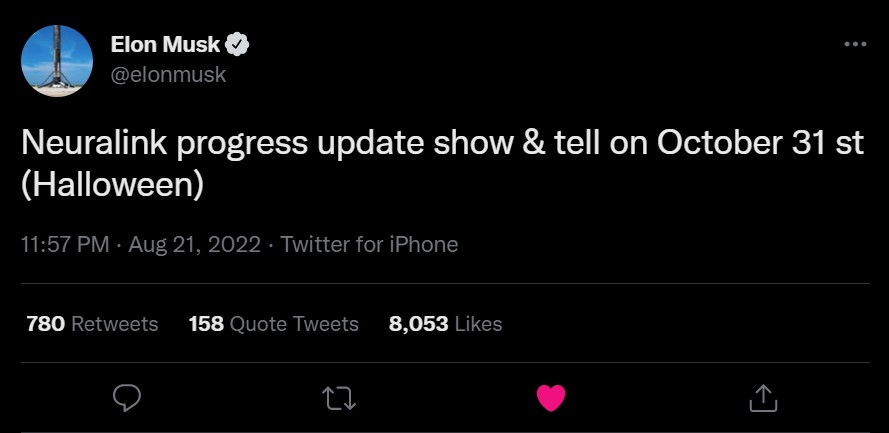
Elon Musk has long shared his concerns about AI and the dangers associated with having general intelligence that is far superior to humans in every way.
Here’s a clip of his thoughts about AI from 2014: Elon Musk w/ Walter Isaacson, Vanity Affair. Play from 00:07–00:51:
Elon is among numerous others who are concerned about the dangers of AI. Stephen Hawking for example, believe “AI could spell the end of the human race.”
In January 2016, this might be the first time Elon publicly mentions brain-interfaces: Elon Musk on CNN. Play from 07:57–08:18:
About 5 months later, Elon specifically mentions the idea of a neural lace that would serve as a third, complimentary brain layer to our limbic system and cortex. This concept could prevent digital intelligence from competing with our biological intelligence and instead merge them together: Elon Musk w/ Kara Swisher, Recode. Play from 57:53–58:36:
How will this work?
Everything we think, feel, sense, and move is enabled by this blob in our skull: https://neuralink.com/science/
Why do electrodes need to be connected directly to the brain? Neural activity can be monitored from outside the head…
The brain has around 86 billion neurons. These nerves communicate through electric signals:
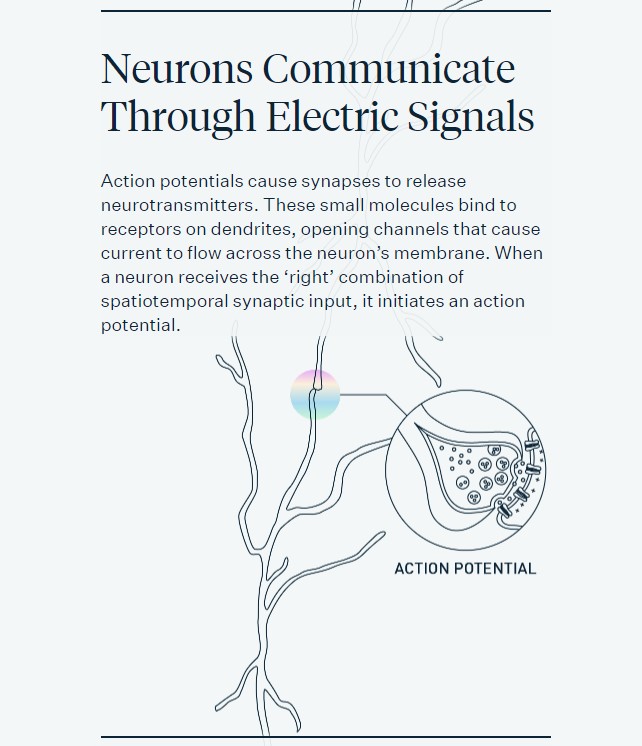
By using the electrode threads to measure when and how much these neurons fire, Neuralink can start to understand how our brain works in great detail.
While neural activity can be monitored from outside the head, in order to get the level of precision needed for detailed information, the electrodes must be placed right next to the individual neurons. This is often compared to placing a giant microphone outside a football stadium vs placing microphones next to every row of the crowd.
Neuralink’s devices consist of a link, neural threads, and a charger:

Getting the threads next to the neurons will require surgery, (that does not require general anesthesia). Like LASIK eye surgery, the procedure will be conducted by a robotic system.

The threads on the Link are so fine and flexible that they can’t be inserted by a human hand. Neuralink is building a robotic system so that the neurosurgeon can reliably and efficiently insert these threads exactly where they need to be.
Once the surgery is complete, the Link chip will process, stimulate, and wirelessly transmit neural signals via Bluetooth to your phone:

They’ve already demonstrated a monkey playing a video game with just it’s mind 🤯
Neuralink will use these devices to help people with paralysis regain independence through the control of computers and mobile devices.
Down the road, Neuralink will probably *help paralyzed people be able to walk again.* Most paralyzed people still have neural information being sent; however, their spinal cord has a broken connection and therefore, the message is never received.
With additional Link device(s), messages can be relayed wirelessly, downstream of the spinal cord to help paralyzed patients regain mobility: Elon Musk w/ Wall Street Journal. Play from 24:26–24:52:
In order to accomplish this, Neuralink will not only have to understand or read neural information, but they’ll also have to send or write information back into the brain.
Other competitor brain-computer interfaces often do not write any information. With this functionality, Neuralink will help address the following neurological problems:
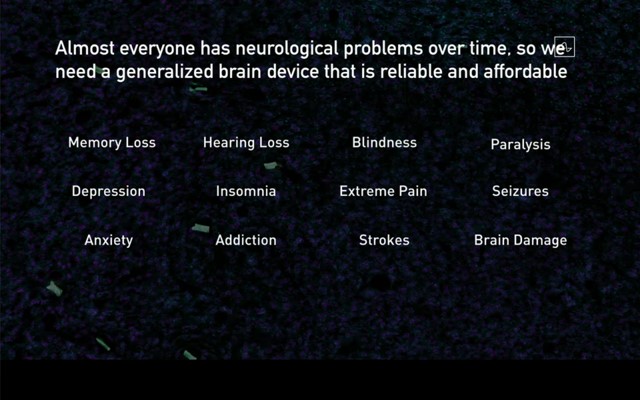
Neuralink has the ambition to build radically better devices than the state-of-the-art devices in the industry. For example, deep brain stimulation leads have only 4–8 electrodes and are about 800 times larger.
Neuralink is designing the Link to provide unprecedented scale, with over 1024 channels of information from the brain. The Link will also perform real-time spike detection on every channel, and these data will all be sent wirelessly. (And it’ll charge wirelessly via a baseball cap).
Oftentimes, a critique of these advanced devices is that they’re not safe enough, not cheap enough, or not worthwhile for the general public.
Neuralink’s long-term vision is to create BCIs that are sufficiently safe and powerful that the general population would want to have them. Furthermore, Elon Musk has stated the cost should come down to something close to LASIK surgery.
Elon Musk at Neuralink Progress Update 2020. Play from 57:19–57:59:
The Neuralink mission in the short term is to solve brain and spine problems.
In the long term, Elon stated this as it relates to artificial intelligence:

This young company has fewer than 400 employees and is primed for a bright future. They have two main offices in Fremont, California and Austin, Texas and are always looking to hire enthusiastic and talented people:
https://neuralink.com/careers/
Neuralink keeps me excited about the future. Please consider following if you want to stay up to date with the latest Neuralink news and updates: https://www.youtube.com/c/neurapod/
Written by: Ryan Tanaka

